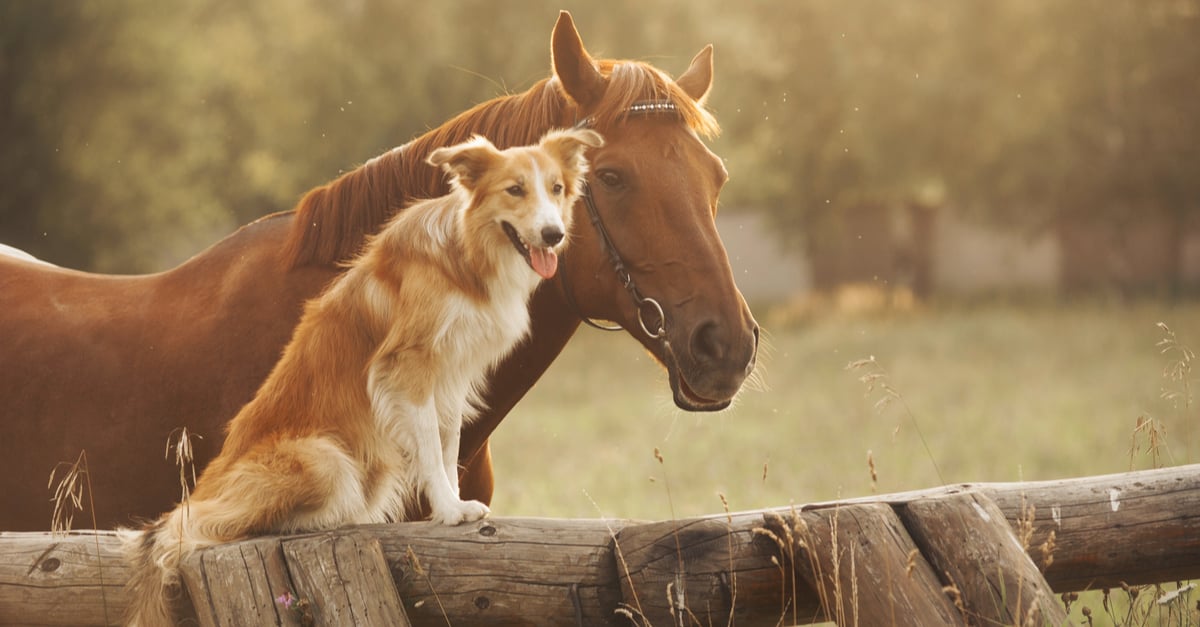I spent the first 10-or-so years of my professional career working as a technical writer, at which point it eventually dawned on me that my position could be easily outsourced and I needed to have a plan B. So, I decided to make a strategic career move: I volunteered to become the ScrumMaster for my team.
That was in 2011, two years before what would become one of the most challenging and now inspiring times in my life.
In 2013, my father had a stroke. He survived it, but the stroke’s side effects rendered him unable to complete what he had once done effortlessly at his rural veterinary practice. The easy thing to do would have been to simply close up shop, but we knew that doing so would devastate area ranches and the people whose livelihoods depended on them.
You see, my father had more than 40 years’ worth of veterinary experience and helped household pets right alongside cattle, buffalo, and horses — even the local zoo. His services were incredibly important to the local economy, and with no on-site veterinarian and only a few part-time workers left to run the clinic in my father’s absence, my family knew we had to do everything in our power to at least keep the practice afloat until another veterinarian could take it over.
That’s when I had yet another career-related realization: I could implement certain agile practices to prevent work from piling up and help us keep the clinic’s doors open until someone else could step in.
For nearly two years, I traveled from Austin, Texas up to rural Montana every six weeks. While there, I deployed tactics I’d picked up over the course of my agile journey. I didn’t concern myself with using all the appropriate terms, creating Scrum teams, or driving a full-scale transformation. I simply used a handful of concepts I knew that people would be able to implement easily and continue doing when I wasn’t on site.
Using new agile tools
My early visits were primarily focused on helping staffers get out from under the jam-packed backlog of work they were drowning in. We started with helping them visualize and prioritize all that needed to get done. Drawing on my experience categorizing work into boards, we wrote down all the tasks that were pending completion onto index cards and put them on the wall in “To Do,” “In Progress,” and “Done” columns. This practice allowed people to see that even in the midst of chaos, they were making some sort of progress. It also gave them the encouragement and reassurance they needed to keep pushing forward.
Of course, not everything was predictable. Veterinary clinics never are. Emergencies people couldn’t foresee still came in the door, and we had to drop what we were doing to provide assistance. However, managing the to-do list in this way allowed us to have what they could control, under control. And as a result, that meant when we did have to intervene in emergency situations, stepping away to respond didn’t mean the end of the world or guarantee that even more issues would crop up in their place.
I also introduced weekly standup calls. In these, we would go over what was in the backlog and get feedback from one another on what was working, what wasn’t working, and what we needed to do next. My father got to participate in these by acting as Chief Product Owner, staying involved by hearing what was going on, making sure we were doing everything we needed to and weighing in when appropriate.
Learning for the future
Looking back, I would have loved to host more retrospectives, and to have to done them in person. This was difficult given that I lived in a different state and couldn’t be there full-time, plus the fact that few — if any — of the part-time workers had schedules that didn’t all overlap. I would have also liked to do more with long-term goals, more coaching sessions with vet techs and veterinarians, and to get more feedback from the people in the community. That’s the beauty of hindsight, being able to see later what you should have done and hope to do differently if given the opportunity.
In October 2014, all our efforts paid off and another veterinarian began leasing my dad’s practice. My work there is done, however, in seeing how I was able to use agile concepts in transforming veterinary clinics, I’m more than game to try, try again. In fact, I’m now working with other small businesses, medical teams, and more. Small businesses are the backbone of the US economy, and agile practices can have a tremendous impact in how those businesses operate. Small-business agility is in my sights as what I next want to tackle.
What did I learn from this experience? I learned so many things about the power of community, grit, and that there is always a way forward. A friend of mine says that “We can agile all the things,” and if a rural Montana vet clinic can apply agile concepts, then that more than proves her to be right. Agile can be more broadly applied to drive meaningful change outside of our day jobs, and if we let it, agile can change lives, and even entire communities.
You can find some of the musings of longtime agile coach, Erin Randall, on veterinary clinics at www.strayhounds.com. Connect with her on LinkedIn.
Get the latest resources from Scrum Alliance delivered straight to your inbox
Subscribe